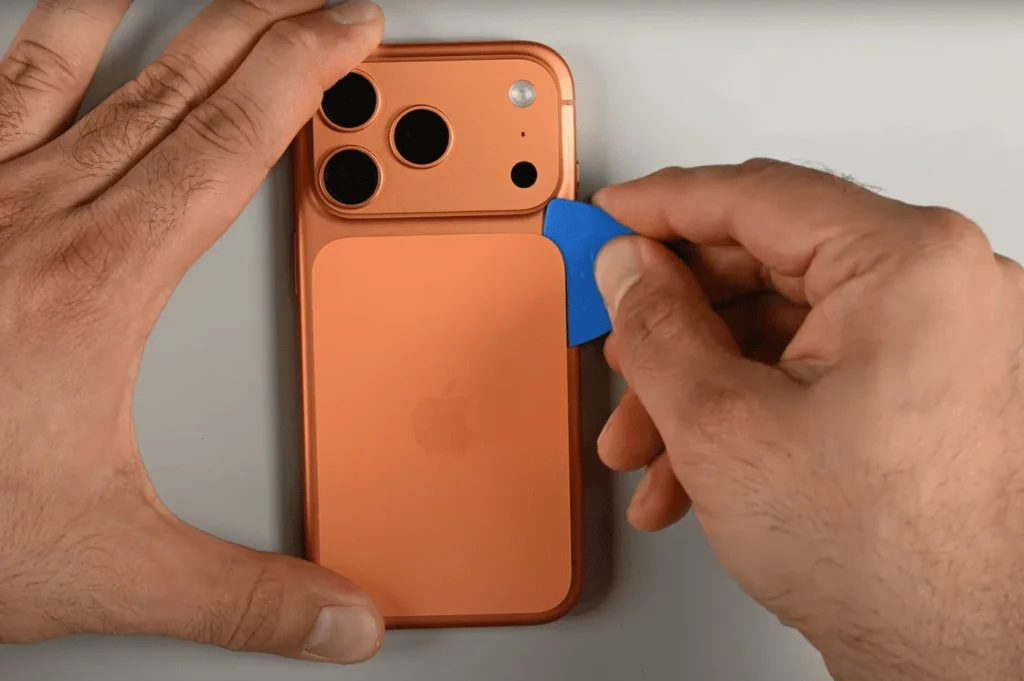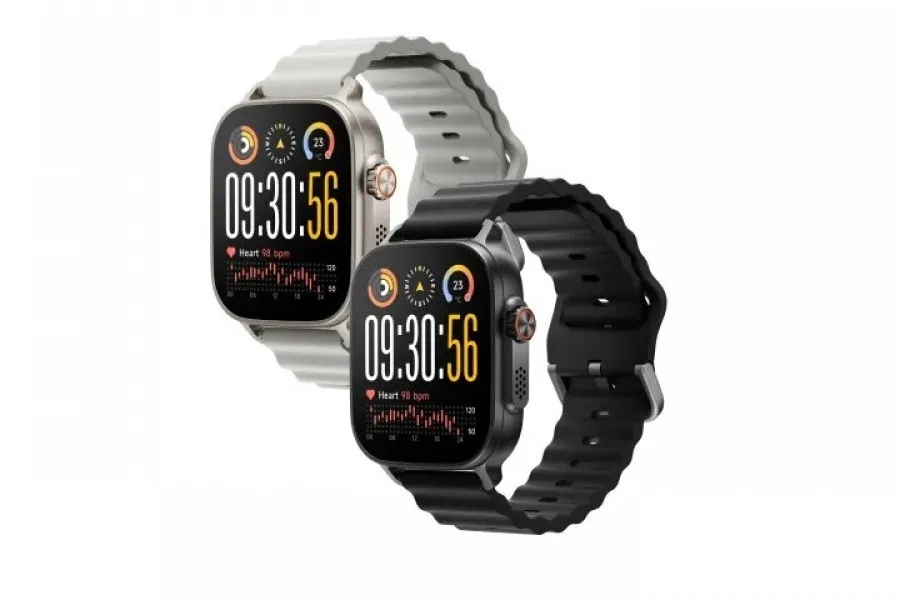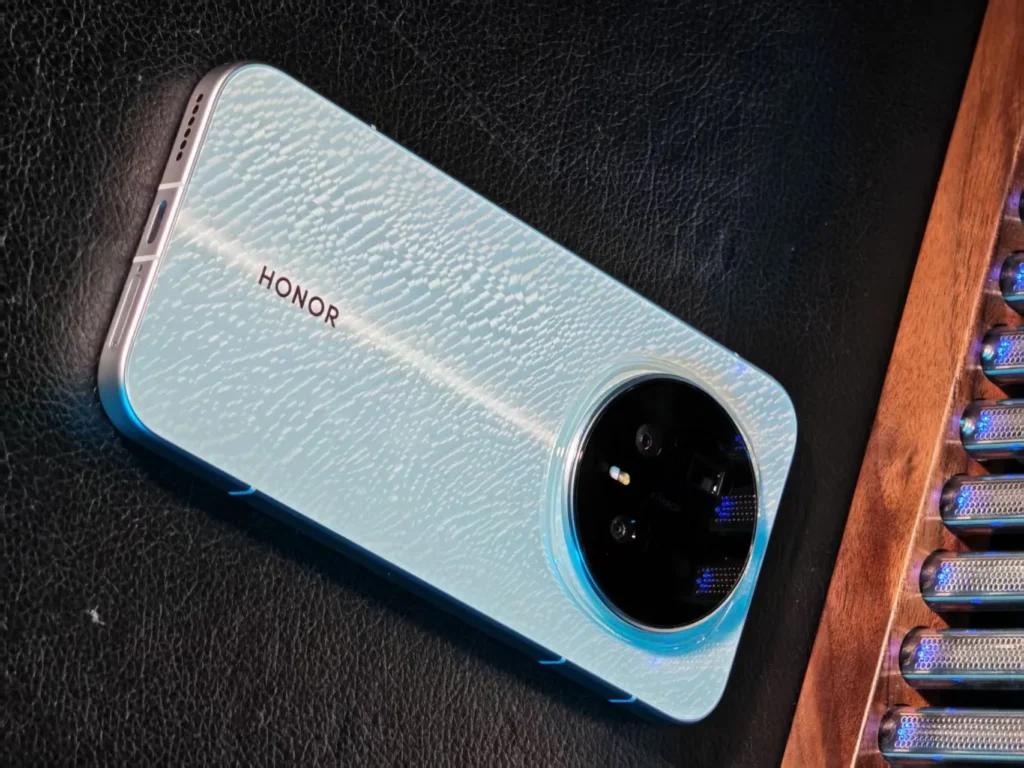iPhone 17 Pro: the anodized aluminum scratches too easily
Apple has praised the new aluminum chassis of the iPhone 17 Pro for its excellent heat dissipation capabilities. And on this point, it’s accurate.
However, after just one month of usage, numerous users are discovering a far less flattering reality: their iPhone 17 Pro, costing over 1,329 euros, already looks worn.
iPhone 17 Pro: A Lighter Design… But Much More Fragile
For several years, the “Pro” models of the iPhone have utilized high-end, durable materials — first stainless steel, then titanium on the iPhone 15 and 16 Pro. These materials had proven their worth: even after months of use, the chassis remained nearly intact.
But with the iPhone 17 Pro and 17 Pro Max, Apple decided to switch to anodized aluminum, which is lighter and better for thermal management… but also significantly softer. “I take care of my devices, but my iPhone 17 Pro already has plenty of scratches and marks after just a month,” reported one user. “This is a real step backward for a product that is supposed to be ‘Pro’.”
Ironically, the new iPhone Air, which is much thinner and supposedly more fragile, retains a titanium structure — and it still looks brand new.
Why Does Aluminum Mark So Easily?
Aluminum is inherently softer than titanium or steel. As a result, it scratches, marks, and dents at the slightest friction. Additionally, darker colors — like navy blue and cosmic orange — highlight the silver scratches of the underlying metal even more.
In contrast, silver or lighter models better conceal micro-scratches. For comparison, Samsung’s Galaxy S25 Ultra, made of titanium, remains impeccable even after a year of intensive use.
Even Google’s Pixel 10 Pro, which is also aluminum, seems to withstand wear better — likely due to a different surface treatment.
Controlled Heat, But Diminished Strength
Apple has clearly made a compromise:
- Titanium (iPhone 16 Pro) → excellent durability, but thermal issues.
- Aluminum (iPhone 17 Pro) → better thermal dissipation, but increased fragility.
The result: a premium phone that absolutely requires a case if one wants to avoid seeing it scratch after just a few days of normal use.
What If The Solution Is Ceramic?
Some Android manufacturers — like Xiaomi, OPPO, and OnePlus — have already utilized ceramic in their high-end models. This material offers exceptional scratch resistance, a premium feel, and good thermal management.
The only downsides are a little extra weight and a higher cost. But at over 1,300 euros for the “Pro” smartphone, it’s hard to argue about price. Especially since Apple is well aware of the value of ceramic: it has used it for years on its Apple Watch Edition, touting its durability and elegance.
A “Pro” Product Should Last
Today, one conclusion is clear: the new iPhone 17 Pro does not live up to its “Pro” name in terms of durability. Apple has alternated between two extremes: a solid but hot titanium iPhone and an aluminum iPhone that cools better but deteriorates too quickly.
At this point, the only solution to protect one’s investment is to use a case or handle the phone with velvet gloves.
Apple aimed to prioritize lightness and thermal management, but at the expense of robustness — a choice that’s hard to justify for a “Pro” device. Unless Apple finds a new balance (for example, a ceramic-titanium alloy), the iPhone 17 Pro is likely to be remembered as one of the most fragile models in the lineup.
Because at this price point, we expect an iPhone that lasts — not one that needs to be hidden under a case from day one.




